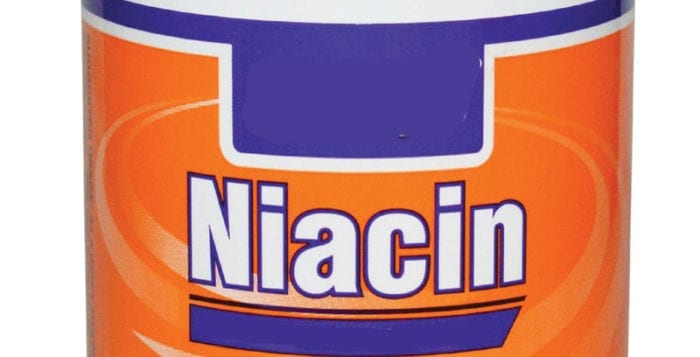Fighting co-workers, a murder mystery and the future rituals of dating — Theatre Three’s shining jewel, the annual Festival of One-Act Plays, delved into all that and more as it opened last Saturday afternoon for a nine-performance run.
Now in its 19th year, the festival, under the direction of founder Jeffrey Sanzel, showcases six wonderful, original works selected from nearly 400 submissions. The actors take the audience on a marathon, performing the plays back to back.

The new plays go “from page to stage; from blank slate to fully realized production,” Sanzel explained. “These are premieres; they are ‘firsts.’” Raw themes such as depression, murder, love and work relationships are all explored on an equal playing field in the intimate setting of The Ronald F. Peierls Theatre on the Second Stage.
The festival kicks off with John Kane’s “Ben and Rachel Go to the Movies,” starring veteran actors TracyLynn Conner and Brian Smith, whose relationship is revealed to the audience only by visits to the cinema over a span of more than 40 years. From their first date watching “Dr. Zhivago” (1965) to “Titanic” in the 1990s and beyond, we watch them grow old together.
Alex Dremann’s comedy “A Clean Dislike” introduces the audience to Annie (Linda May) and Marjorie (Joan St. Onge), co-workers who try, with hilarious sarcastic banter, to figure out why they don’t like each other, an issue that many can relate to. May and St. Onge tackle their roles with zeal and stay in character long after the play.

The most emotionally draining play is presented right before intermission with Jules Tasca’s “Flying Low,” which was inspired by the crash of A320 Airbus Flight 4U 9525 last March. The plane, which was traveling from Barcelona to Dusseldorf, plunged into the French Alps, killing all 150 people on board. It was later discovered that the Germanwings co-pilot had deliberately crashed the plane. Dondi Rollins Jr. gives a powerful performance as the story dissects the sequence of events leading up to the tragic event, from the co-pilot breaking up with his girlfriend to suffering acute depression and not taking his medicine, to locking the pilot out of the cockpit and, finally, making his deadly decision. At the end of Saturday’s performance, there was not a dry eye in the room and the silence was deafening.
The festival continues after intermission with Robb Willoughby’s delicious dark thriller, “Bro.” After seeing his mother put white powder in his father’s coffee and then finding him dead shortly after, Mitchell, played by Brian Smith, is convinced that his mother is a murderer. The incident has left him so shaken that he has lost his job and has become paranoid about everything. His mother (Sheila Sheffield) insists the powder was just sweetener and that her husband died of a heart attack. She summons Mitchell’s brother Morgan (Brett Chizever) to help stage an intervention and get Mitchell psychological help. Is Mitchell crazy or isn’t he? Is his mother a murderer or isn’t she? And what’s this about a life insurance policy? The plot thickens.

Steve McCoy shines in his solo performance of “Why This Monologue Isn’t Memorized: A True Story” by Kurt Sass, which offers the audience a glimpse into one man’s struggle with memory loss after receiving shock treatments for his depression. In coming to terms with his fate, he concludes, “I will not remember your faces after today but I hope some of you will remember mine.”
The show closes with Tom Moran’s “OK Computer” to explore marriage and mating rituals in a futuristic dystopian world, a world in which a computer named Big Data plays matchmaker, choosing life partners for willing and unwilling bachelors. “No more guesses means no more messes” is the system’s motto. Hans Paul Hendrickson plays hapless victim Colin 3912, whose fate seems to be sealed as he is matched up with the mirror image of himself, Jillian 1293, played by Amanda Geraci.
The entire cast is superb, with notable mentions to the veteran one-act performer Smith, who has appeared in nearly three dozen plays, and newcomer Rollins who we simply must see more of.
Theatre Three, 412 Main St., Port Jefferson will present The 19th Annual Festival of One-Act Plays through May 14. Features adult content and language. Parental discretion is advised. Running time is two hours with one 15-minute intermission. Tickets are $18. For more information, call the box office at 631-928-9100 or visit www.theatrethree.com.























